The Beginner’s Guide: Charlie Chaplin, Director
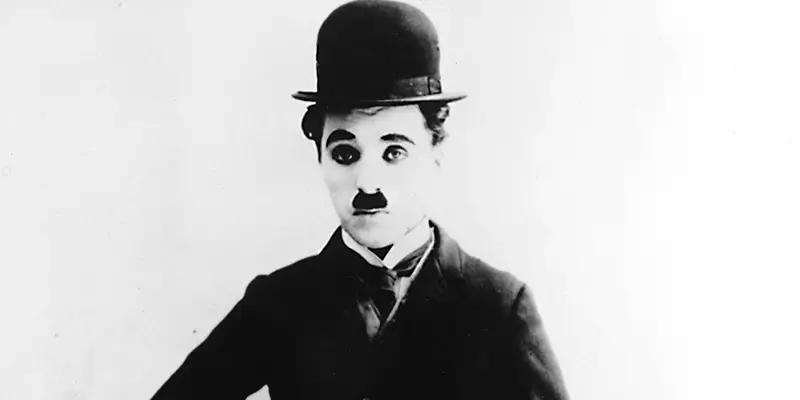
Sam is 25 years old from the West Midlands region…
Have you ever thought to yourself: who is the most influential film director in history? It may be a vague question to answer, as ‘influential’ could be interpreted by different styles – from genre to filming techniques to narrative structure. Arguably, the one aspiring figure in cinema who had an illustrious yet controversial history, but who has unquestionably proven himself to be a crucial figure of silent cinema and generated the definition of stardom is Sir Charlie Chaplin.
Those who have seen Chaplin’s work, which began from the early years of the 20th century to his last work in A Countess from Hong Kong (1967), will recognize that he was known as a director of expression in the silent era. It was the actions and mise-en-scène that became his storytelling tools instead of the dialogue and spoken conflicts between the characters. Chaplin’s most significant films were during the silent era but he also became a known director after the 1930s when sound was introduced.
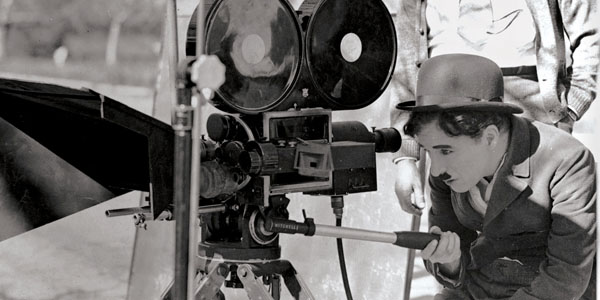
As Chaplin was known as an entertainer of creative flair, his status as a director established him as among the first auteurs. The film theorist Andrew Sarris selected him among the list alongside directors such as Alfred Hitchc*ck, John Ford, Howard Hawks, Buster Keaton and Orson Welles. Although considered an auteur, Chaplin was also a stand-out entertainer and became an actor in many of his films, in the form of an iconic character called ‘The Little Tramp’ or simply ‘The Tramp’. The character saw him in the trademark attire of bowler hat, long shoes, ragged trousers, cane and a toothbrush moustache.
This character and Chaplin’s performances redefined stardom during both the origins of cinema and its next breakthrough phase. As a pioneer in both his craftsmanship when both behind and in front of the camera, this article looks as the late Charlie Chaplin’s career and also discusses how his personal life affected his work.
Early Years: Childhood Trauma turned an Important Gift
Charlie Chaplin was born on April 16th 1889 in the heart of London to Charles Chaplin Sr. and Hannah Chaplin. He had a considerably rough childhood, as his father abandoned the family, which left his mother to raise Charlie, his half-brothers (mother’s sons) Sydney Chaplin and George Dryden by herself. As his mother suffered from mental illness, Charlie and his brother Sydney lived with their father for a small time before eventually gaining independence at a very young age – from as far back as 10.
Although things were troublesome and traumatic at home for Chaplin, he began his growing reputation in entertainment from a very early time. Alongside his brother Sydney, he left school to join a group of comic entertainers, a talent inherited from both his parents. He began tap-dancing as part of music hall performances before eventually making his debut at the age of 11. In 1900, Chaplin became a member of “The Eight Lancashire Lads” and was honoured as an exceptional tap dancer, receiving overwhelming popularity.
Following success in music halls, Chaplin turned to the stage and performed in a stage adaptation of Sherlock Holmes as Billy the pageboy, a role that was so successful that he eventually starred alongside the biggest names in British theatre. During his teenage years, he continued to work in theatre and progressed towards an acting career. He established his status within the comedy genre too by participating in a sketch show called Repairs, and the act called Casey’s Circus. After this, employment was difficult to find for Chaplin, as he was touring, which would eventually end.
Chaplin the Auteur and Creating the Little Tramp
Chaplin began his involvement in films in 1910 when he was offered a motion picture contract by Keystone Studios. They had seen his previous involvement within entertainment and he became a star in their comedy series. His presence at the studio eventually built a network for him, as he starred in various projects. He made his film debut in Making A Living (1914), which later that year resulted in the creation of his iconic character: The Little Tramp.
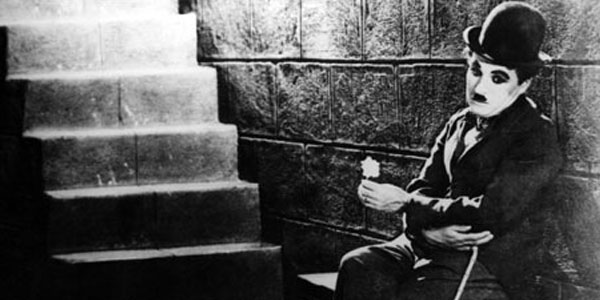
Despite the controversy surrounding the character’s possible significance, he became a global favourite across audiences and in the film industry. Chaplin debuted as the Tramp in Kid Auto Races at Venice (1914), and starred as the character in a number of short films. From this point, his financial income began to rise as did his even larger reputation as an entertainer, an actor and a comedian. During this time, Chaplin continuously switched across various studios. One of these included Mutual Film Corporation, who offered him a higher salary and a contract to shoot twelve two-reel comedies.
This contract ended in 1917, but with all the projects under his belt and increasing independence since childhood, Chaplin became his own employer and constructed his own film studios by signing a $1 million dollar contract with National Films. This gave him the opportunity to reflect his own interpretations of projects; thereby establishing himself as an auteur. He enhanced his growing creativity by being the writer, director, producer, editor, music composer and leading star of his films, many of which featured the Tramp. In this sense, Chaplin created an unofficial series about the character as well as defining a distinction between silent and sound cinema.
The first feature film starring the Tramp was in The Kid (1921) which, as the title indicates, is where Tramp encounters an abandoned child. They form an identical father-son relationship but certain events pull them apart. This could be reflecting Chaplin’s personal experience, as the absence of his own father may be a triggering element and auteur characteristic for The Kid.
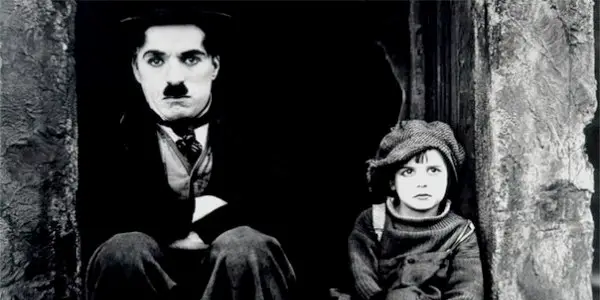
The 1920s and 1930s was Chaplin at his prime, and he continued to release more films starring his legendary protagonist. He starred in The Gold Rush (1925) as ‘The Lone Inspector’, who ventures across mountains in search of gold. Although not credited as the Tramp, there are still identifiable characteristics. The film also marked the first time Chaplin received Academy Award recognition with two nominations, though they were conducted in 1943 (presumably during a new or remastered edition).
Chaplin officially returned to the character in The Circus (1928), perhaps another typical film establishing his auteurist style due to his background history of festivals and entertainers. It also featured a plot element of romance, enhancing his creative flair in the industry. The Circus was arguably the final Chaplin film during the official silent era, as it was released in a time when sound cinema was starting. Despite this, he stuck to his original roots and released more silent films in the 1930s.
One of these was City Lights (1931), a romantic-comedy featuring Chaplin as the Tramp who falls in love with a beautiful but blind girl. She has financial problems, so the Tramp earns money to help her medical condition. City Lights remains one of his best accomplishments and as a renowned silent film despite being shot and released on the brink of sound cinema.
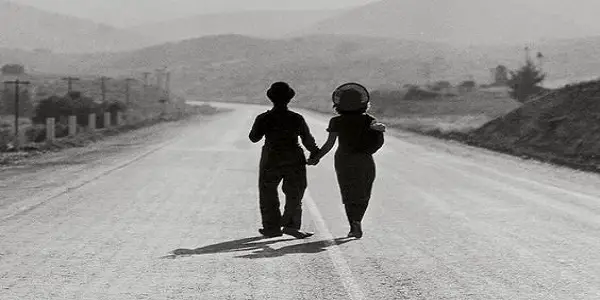
Chaplin’s next feature came five years later, as he took a break from Hollywood due to social and economic problems that arose during that period. He returned to going back on tour, but this time across the world for leisure. On his travels, he encountered various unemployed people and the consequences of the Depression era. This arguably led him to make Modern Times (1936) which, to an extent, addresses such issues. The film marked the final time we saw Chaplin in the role of the Little Tramp, perhaps made more significant by the film’s ending shot of the Tramp and his love interest Ellen (Paulette Goddard) strolling down a long road before cutting to black.
Post-Tramp Career and Controversies
After Chaplin finished his work as the Little Tramp, he began to make films that had closer ties to 1930s-1940s society and politics (such as the beginning of World War II) as well as further films about his own life. The Great Dictator (1940), a satirised film about Adolf Hitler and Nazi Germany, became Chaplin’s first official sound feature.
Maintaining his auteur duties as the director, writer, producer, composer and star, The Great Dictator saw Chaplin as both the main protagonist (a Jewish Barber) and antagonist (Adenoid Hynkel), which raised both controversy and popularity among audiences at the cinema. It was certainly his most celebrated film, with Academy Award nominations for Best Picture, Best Leading Actor (Chaplin), Best Original Screenplay (Chaplin), Best Supporting Actor (Jack Oakie) and Best Original Score.
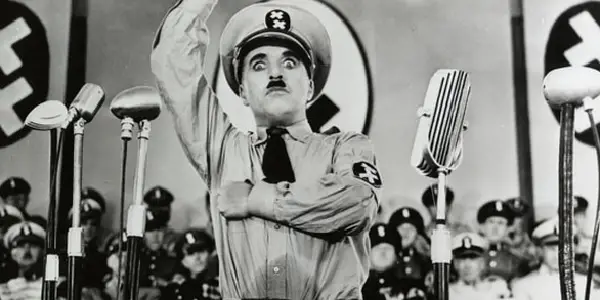
Despite this, the 1940s saw Chaplin at his most controversial, especially surrounding his personal life and beliefs. His next project was called Monsieur Verdoux (1947), a comedy-drama about a French banker (Chaplin) who marries and eventually murders wealthy women after losing his job. Having already sparked controversy for his possible communist beliefs, an FBI investigation and his fourth marriage to Oona Neill (36 years his junior), Chaplin was accused of criticising capitalism and promoting communism. It was poorly received as a result, but he received an Academy Award nomination for Best Original Screenplay.
Six years later, Chaplin released Limelight (1952), which starred the majority of his family including his wife Oona, half-brother Sydney, sons (Charles Jr, Michael), daughters (Geraldine, Josephine) and fellow filmmaker and auteur Buster Keaton. The film is considered an honest, autobiographical representation of Chaplin’s life and his decreasing popularity in America; hence why much of his family and closest friends were involved. With the Cold War and brink of Vietnam War showing America at its most paranoid and vulnerable concerning communism, Limelight was often banned from their cinemas and Chaplin’s public image criticized even more. Despite the poor commercial reception, it was well-received critically outside of the US. Following this, he was once again denied entry into the United States and immigrated back to Europe, specifically to Switzerland.
Final Works & Years
Despite Chaplin’s career in Hollywood being all but spent, he continued to be the auteur which made him famous. He continued to write screenplays at his home in the Swiss district of Corsier-sur-Vevey, Vaud. His next film was A King in New York (1957), a comedy that satirizes American culture and politics. Much like his previous films, the film reflected aspects of Chaplin’s circumstances and his feelings toward the United States. It didn’t receive much attention from that side of the world but it was well-received elsewhere and gratifyingly rounded off his acting career.
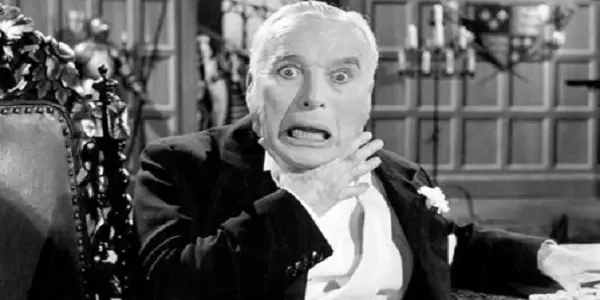
A King in New York was Chaplin’s final on-screen performance, but he still had one project in his sleeve – A Countess from Hong Kong (1967). As he was entering his 70s, he published numerous memoirs simultaneously while writing the screenplay. The 1967 film starred Chaplin‘s long-time friend Marlon Brando, Sophie Loren, his brother Sydney and four of his children. It was not necessarily well-received but it did have a satisfying enough reception.
By 1972, Chaplin was entering the final decade of his life. At this time, he was offered an Honorary Academy Award for “the incalculable effect he has had in making motion pictures the art form of this century”. He was presented the award by Jack Lemmon and did a brief speech before walking off stage with some of his Little Tramp’s trademark attire – the cane and bowler hat. See it here:
It seemed at this stage that Chaplin had made his peace with the United States, and to mark the icing on the cake, he was knighted by Queen Elizabeth II in 1975. He remained in the Swiss region of Laud until his death at 88 years old on Christmas Day 1977. He had his wife Oona and several of his children at his bedside, and was buried in a cemetery near his Swiss home.
The Chaplin Legacy
Due to the vital contribution and impact that Sir Charlie Chaplin granted to the film industry, he has left an ongoing legacy following his death. His story and benchmark status in cinema was adapted into a 1992 film directed by Richard Attenborough. Robert Downey Jr. took on the role of Chaplin and for his performance he received an Academy Award nomination for Best Leading Actor. To add a sense of authenticity to the film, Chaplin’s real-life daughter Geraldine had a vital supporting role in which she played her paternal grandmother Hannah.
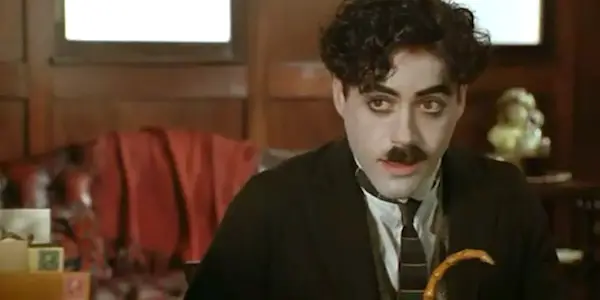
Chaplin’s legendary status and his work remains known across the world, from his birth city of London to the United States and his final hometown of Corsier-sur-Vevey, Switzerland. His real Little Tramp costume is within the London Film Museum, where he has his own exhibition. In 2016, there are plans to open another museum near his Swiss home which tributes his work and life. Unknown to many people, Chaplin also wrote a fictional novella called Footlights which was subsequently published in 2014.
Conclusion
Within the film industry, Charlie Chaplin ticked practically every box off the list. His status as an auteur made him the director, writer, producer, composer and leading star of many pioneering films during the silent era. His work regenerated cinema entirely. One could suggest that in addition to being among the fathers of cinema, Chaplin was also the first real growing child star in the industry.
During his life, he had many controversial issues with the United States. Despite this, however, Chaplin broke ties with the nation and still became a legend. In this sense, his personal life enhanced his fame but with opposing intentions.
Even after a century since his breakthrough in cinema and almost forty years since his death, Charlie Chaplin has established himself as one of cinema’s most influential filmmakers and stars, and has inspired us primarily to lead by your own ideas and reflect them on the screen.
What is your favourite Charlie Chaplin film? Is he still considered an influential figure in Hollywood?
Does content like this matter to you?
Become a Member and support film journalism. Unlock access to all of Film Inquiry`s great articles. Join a community of like-minded readers who are passionate about cinema - get access to our private members Network, give back to independent filmmakers, and more.
Sam is 25 years old from the West Midlands region of the UK, who has a passion for the world of cinema and publishing. He is currently studying a postgraduate degree in Film & Television: Research and Production at the University of Birmingham. He is currently working in theatre and academic support.













